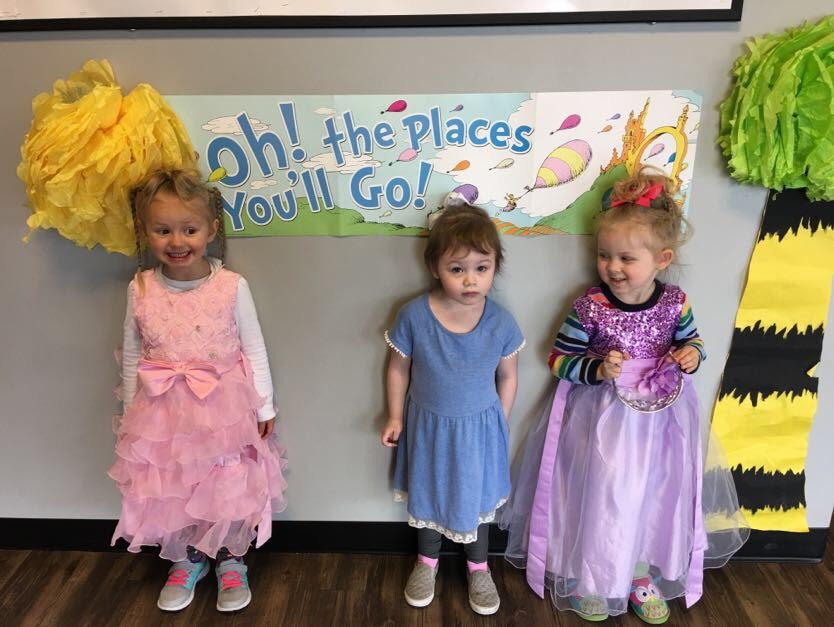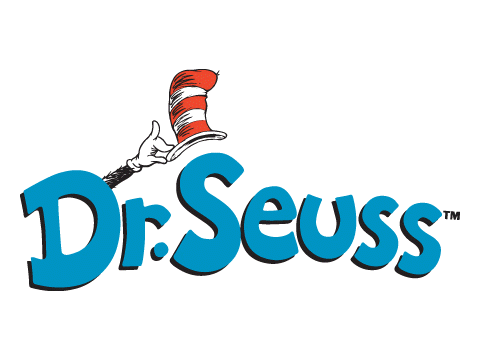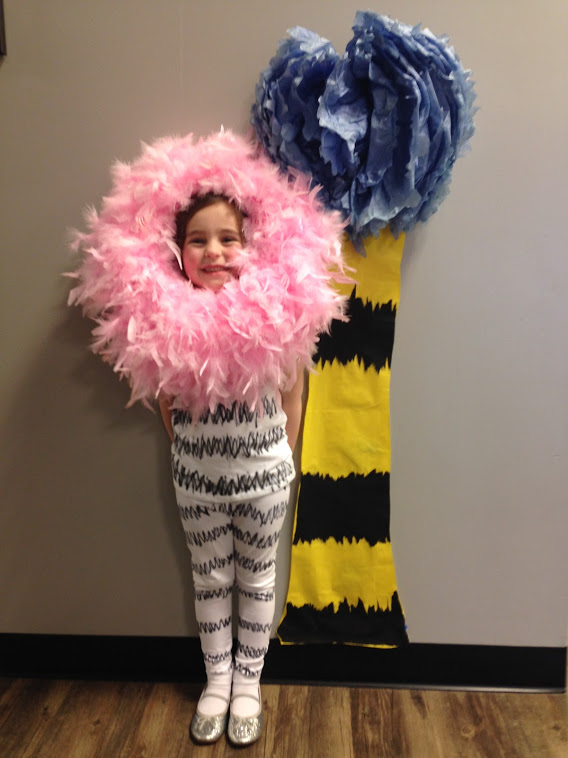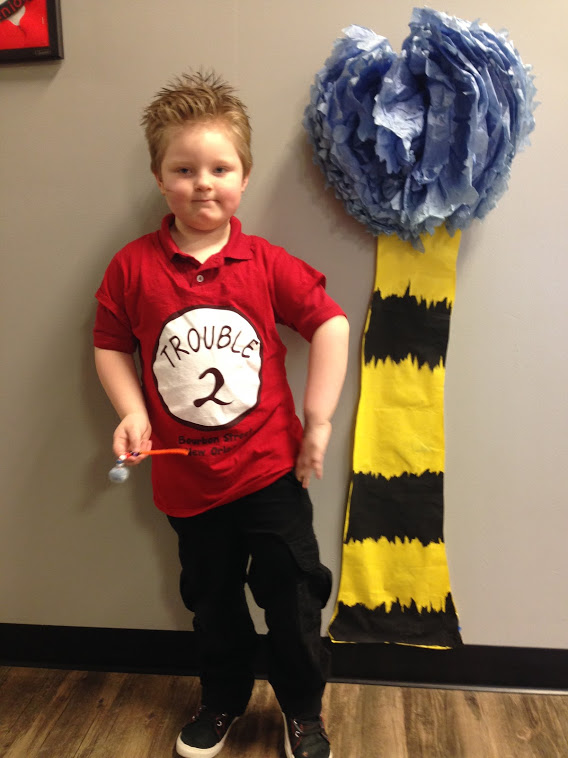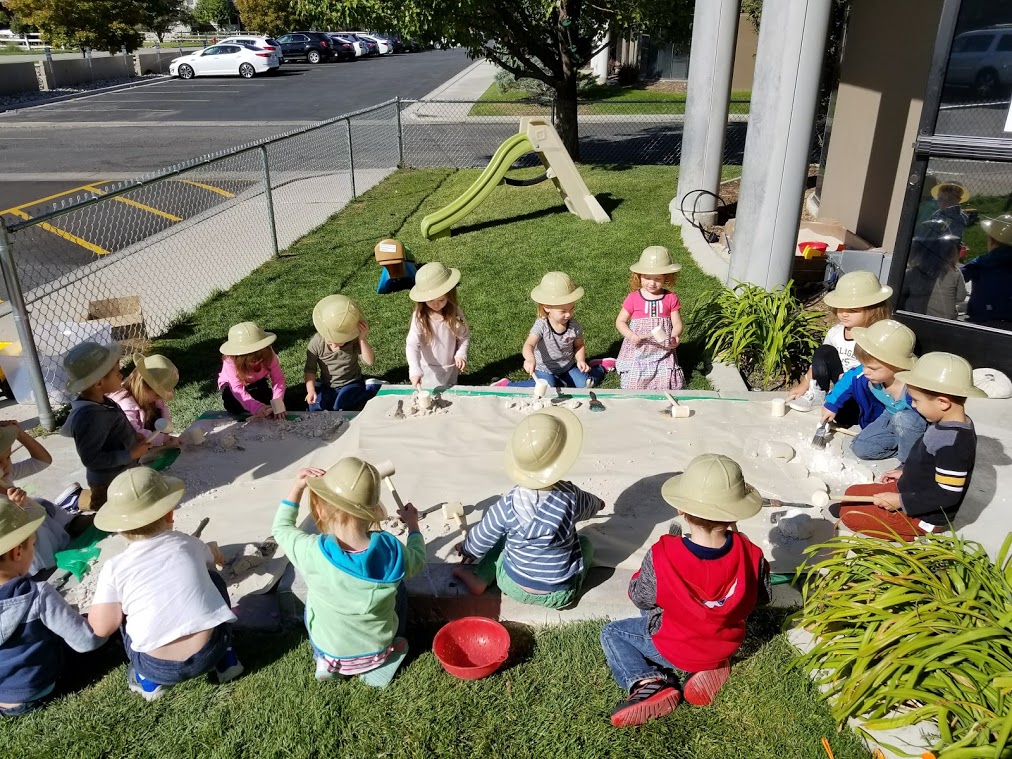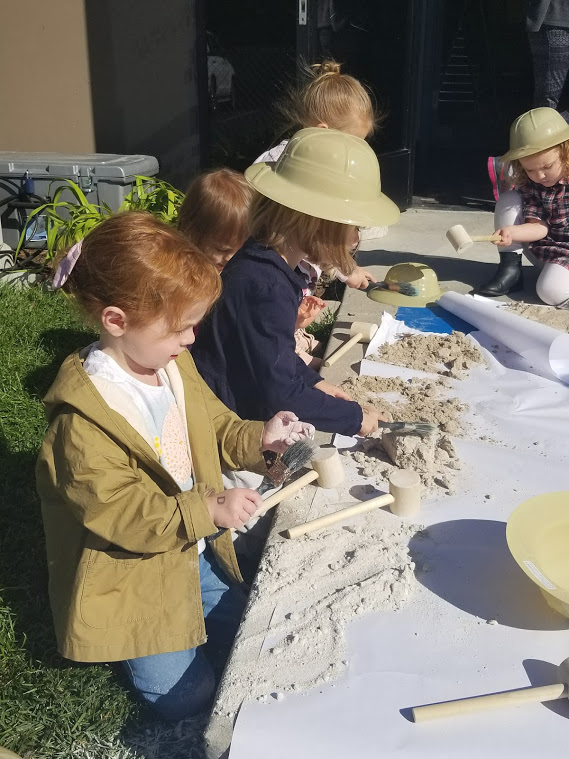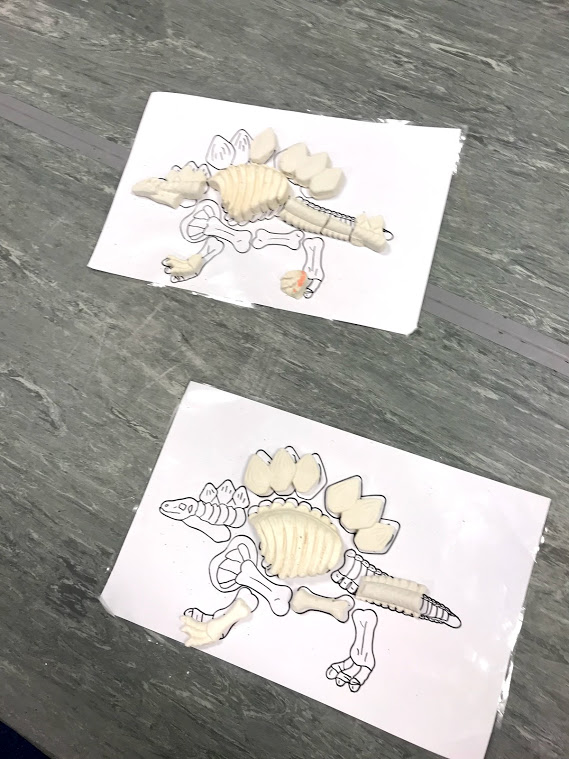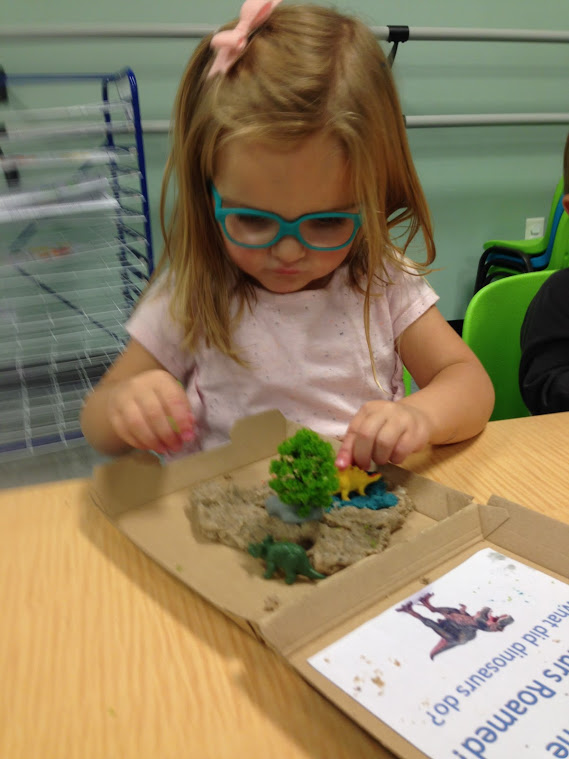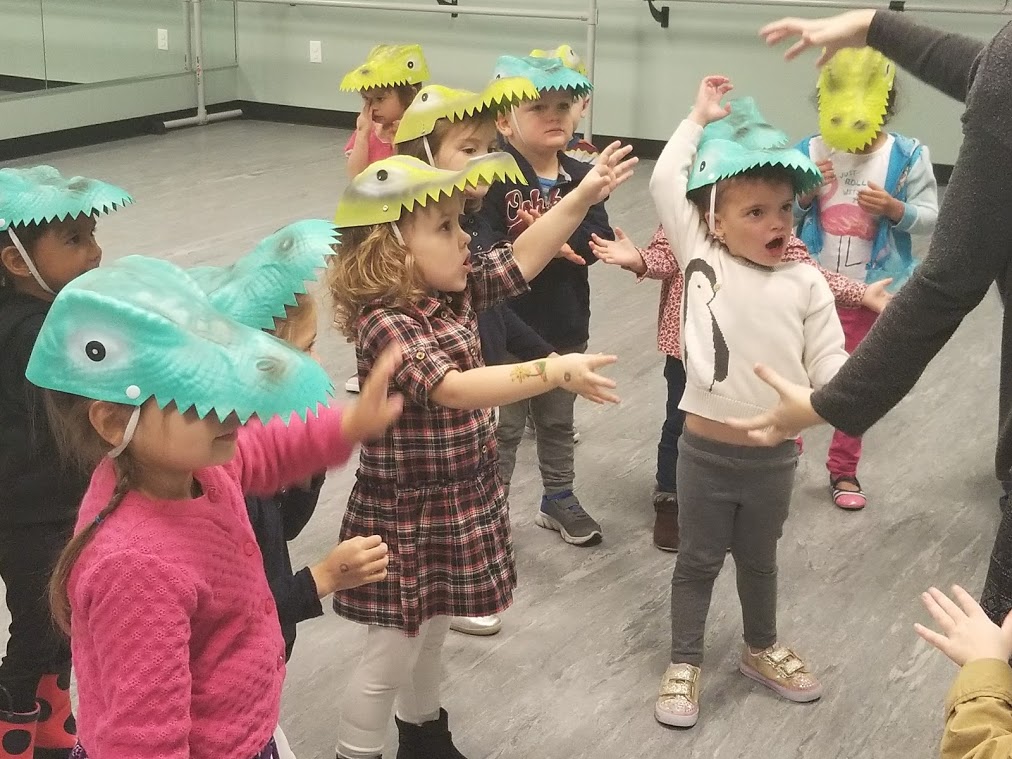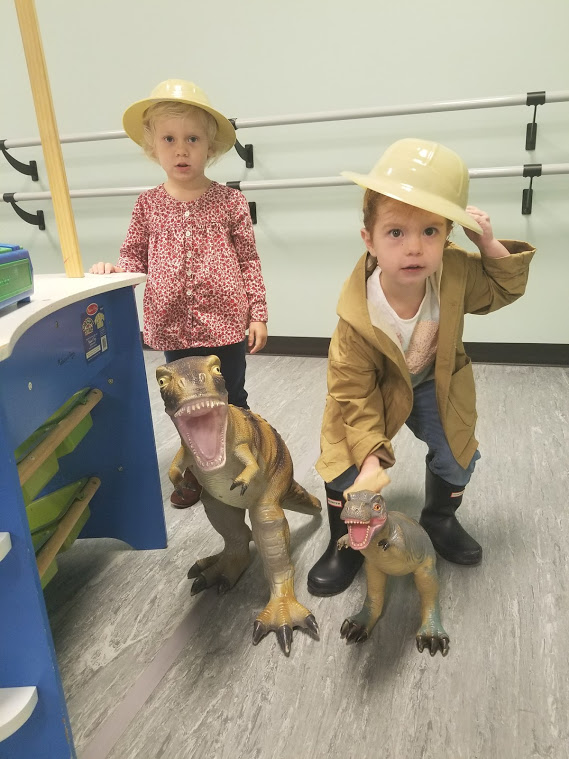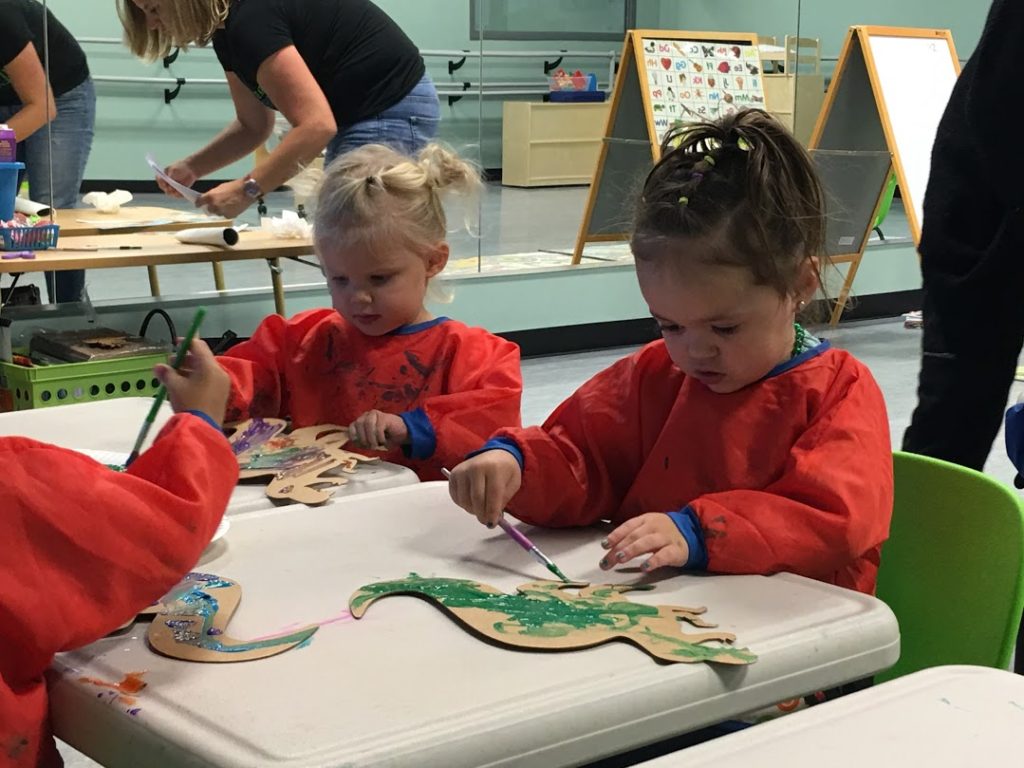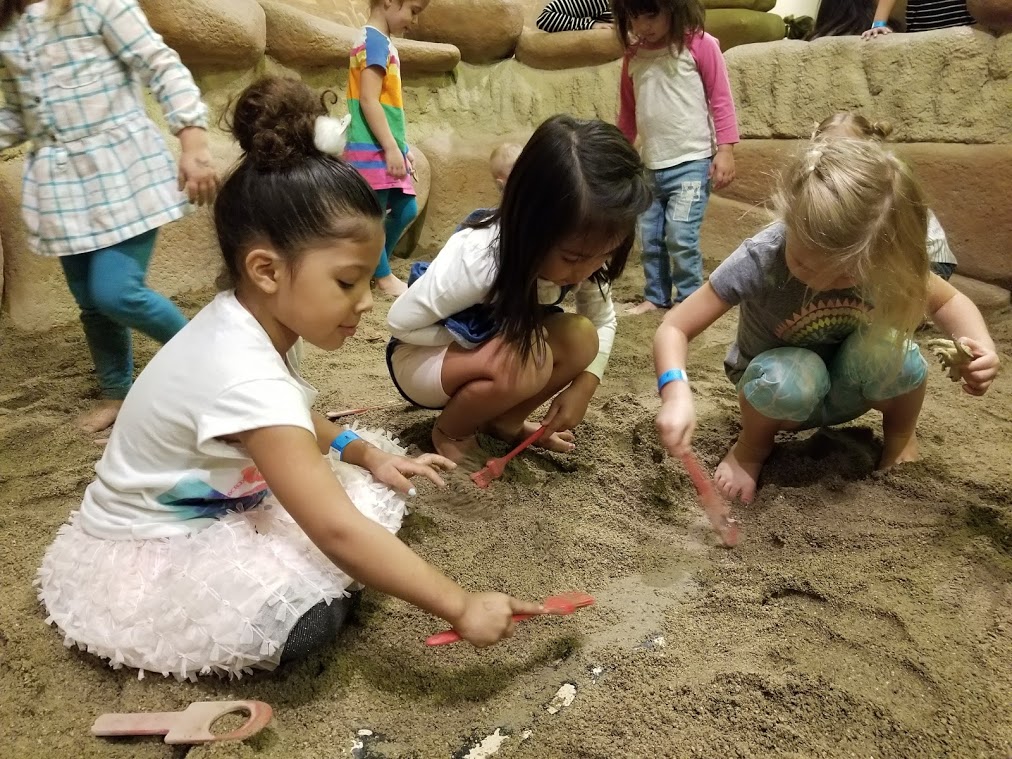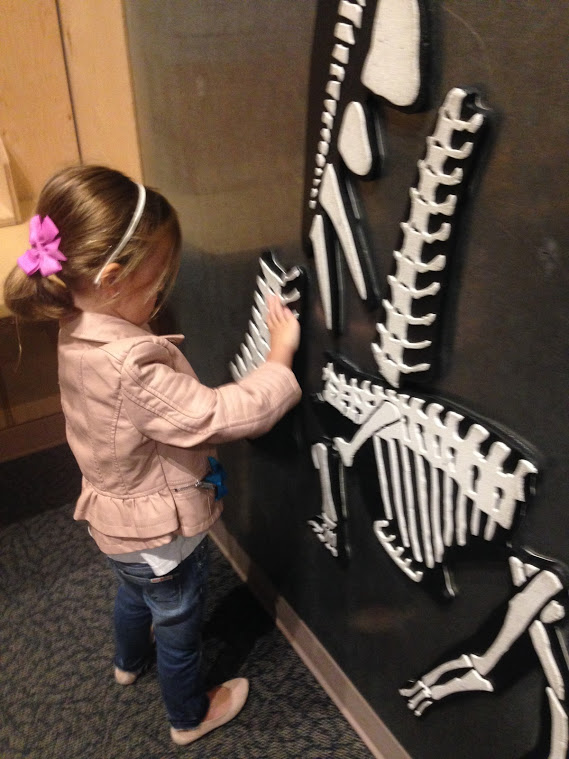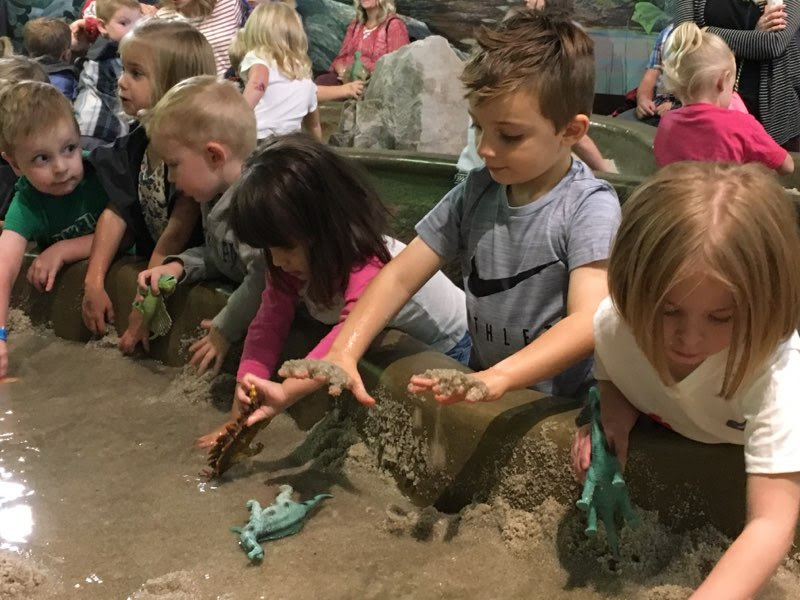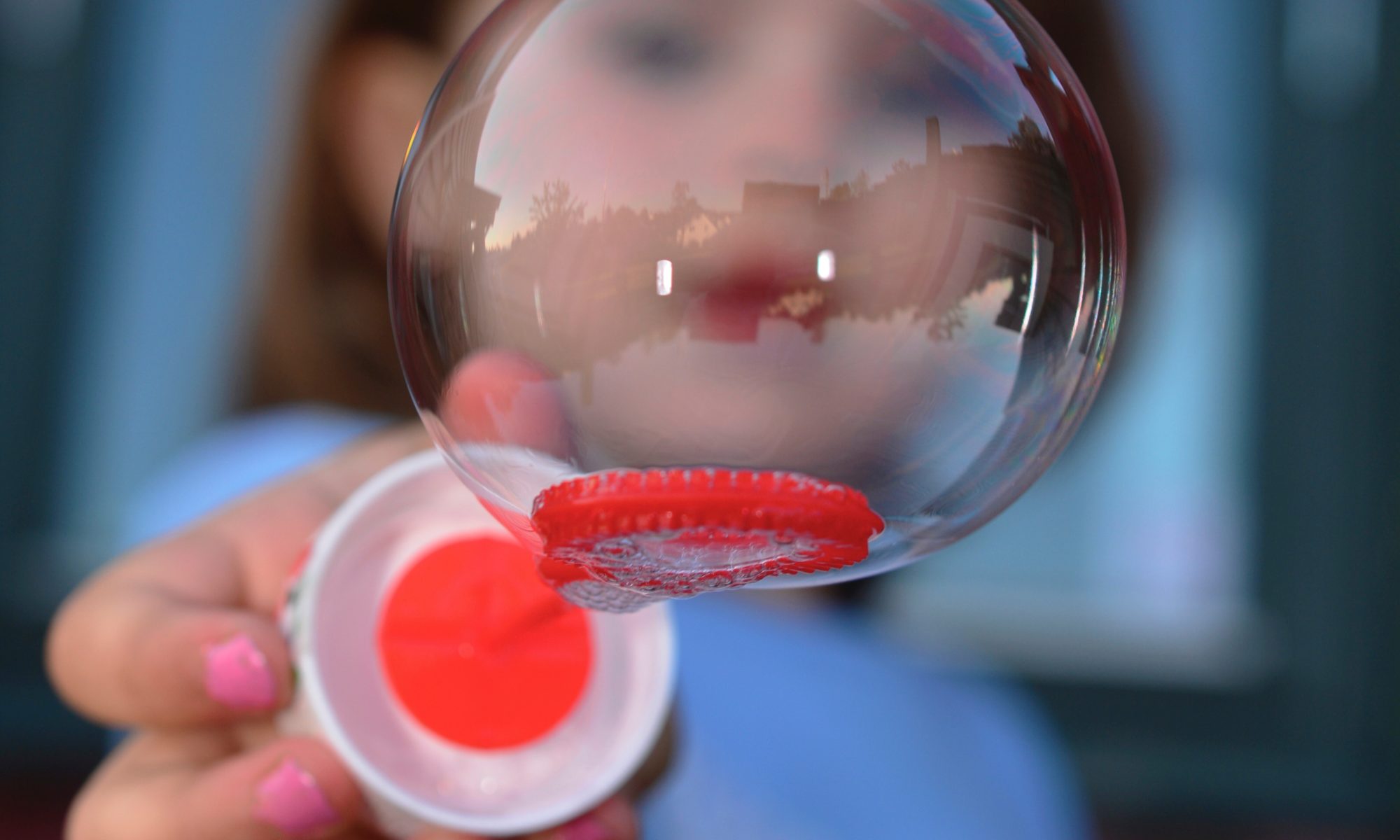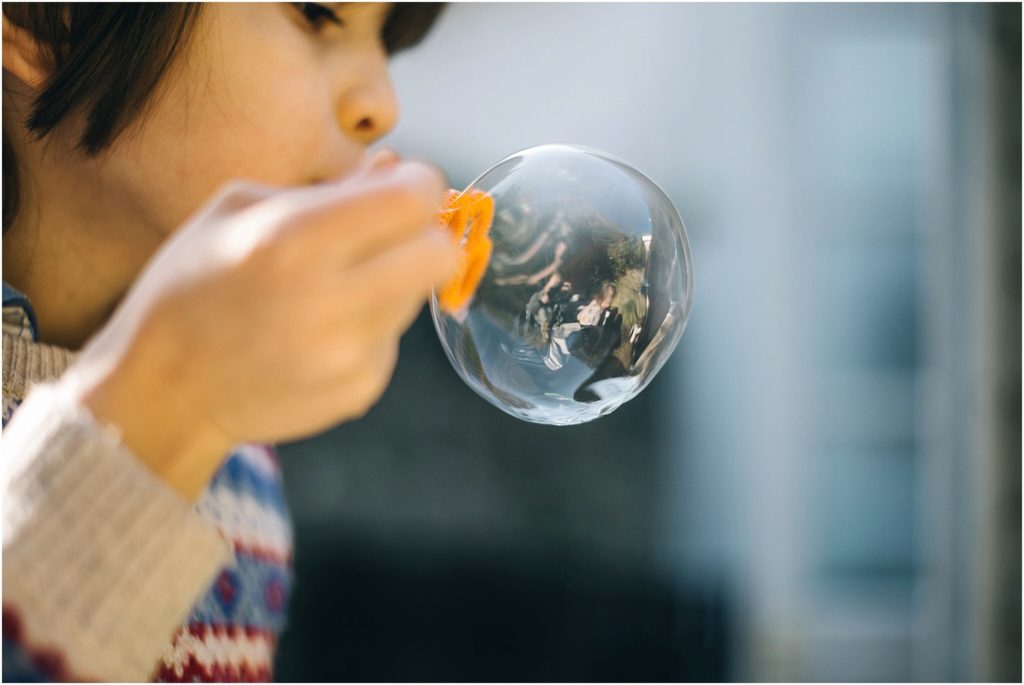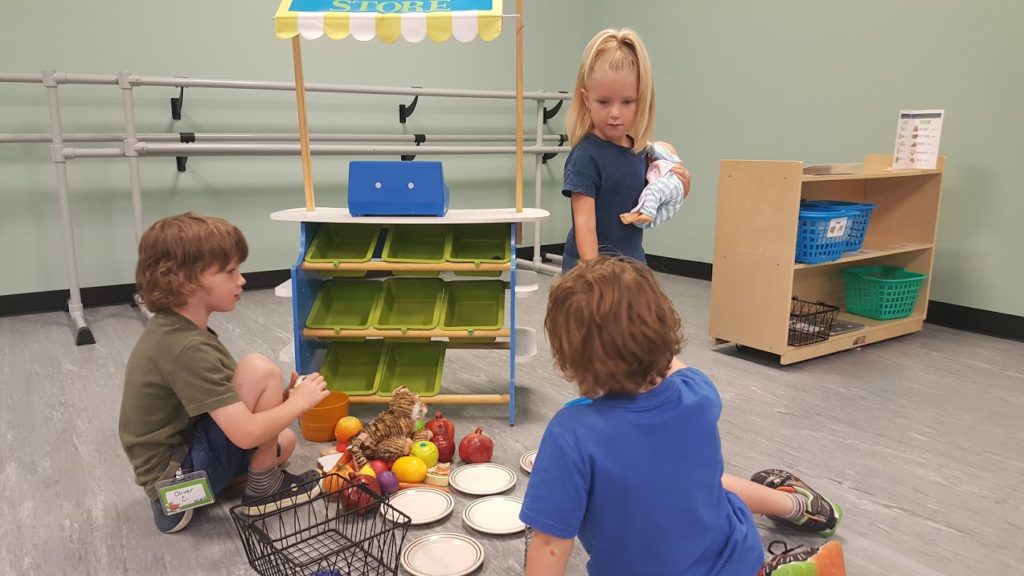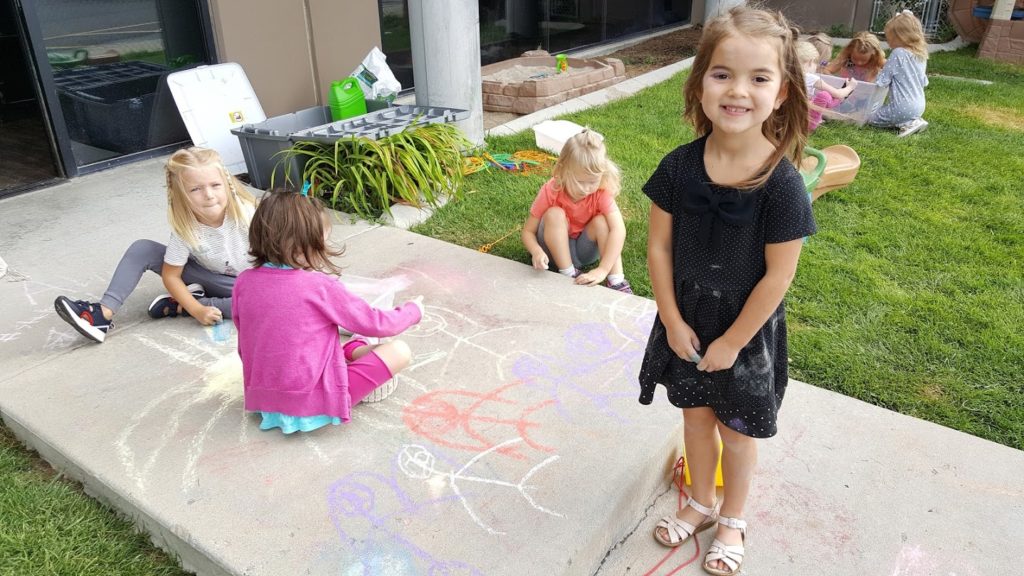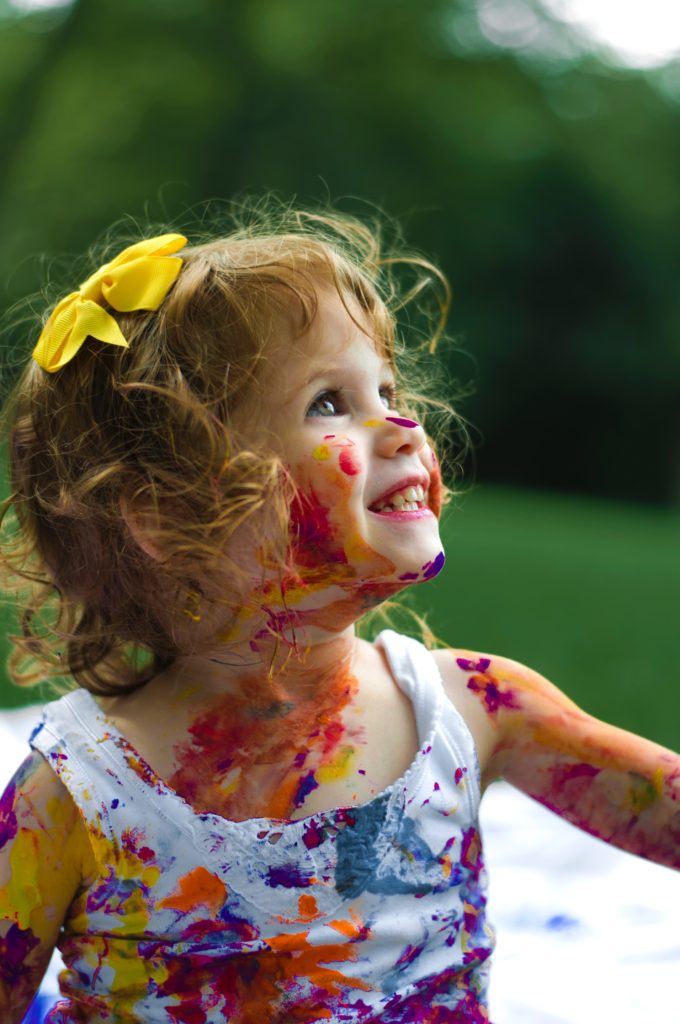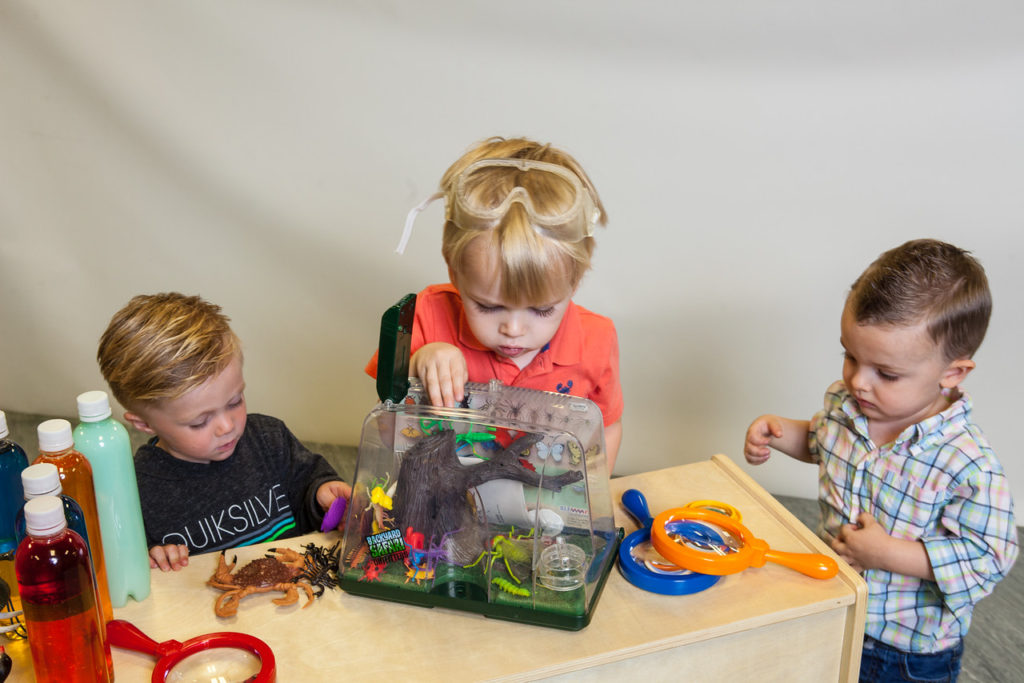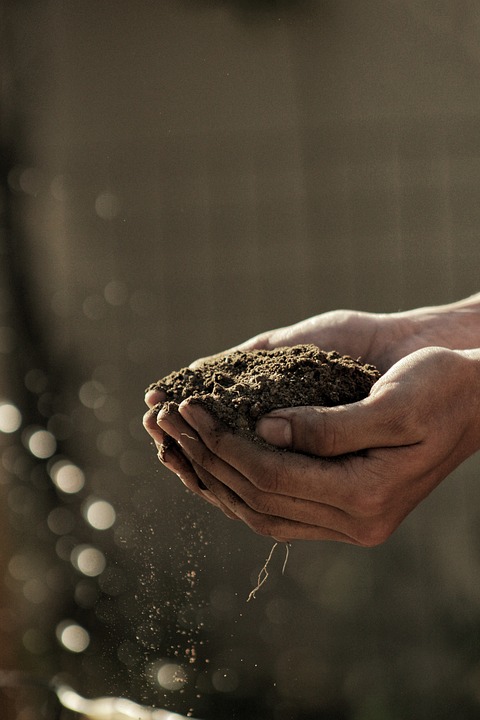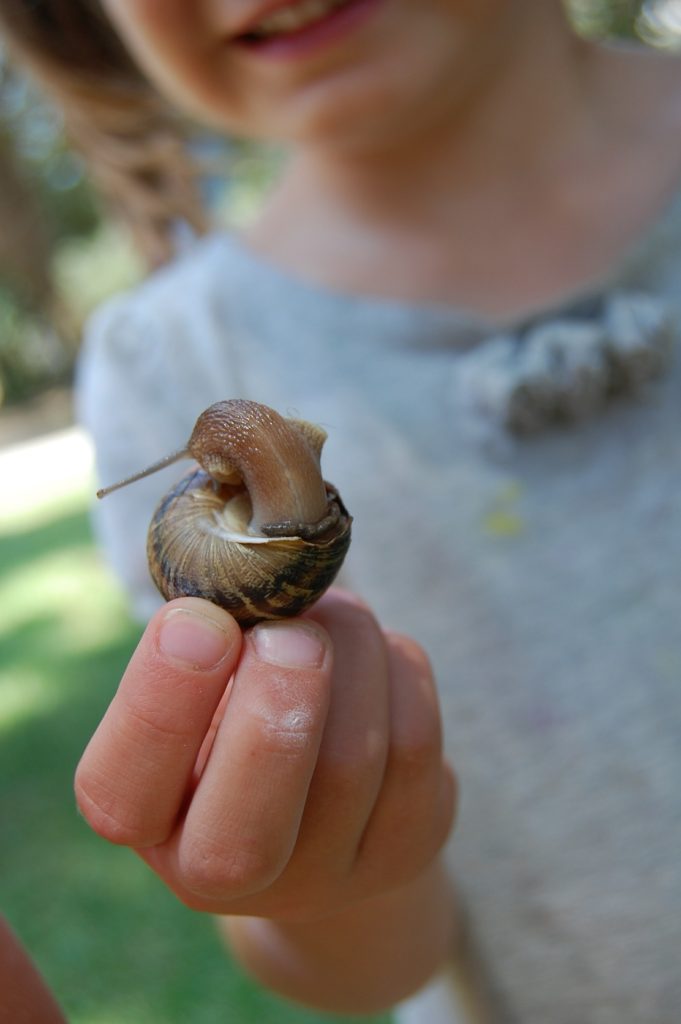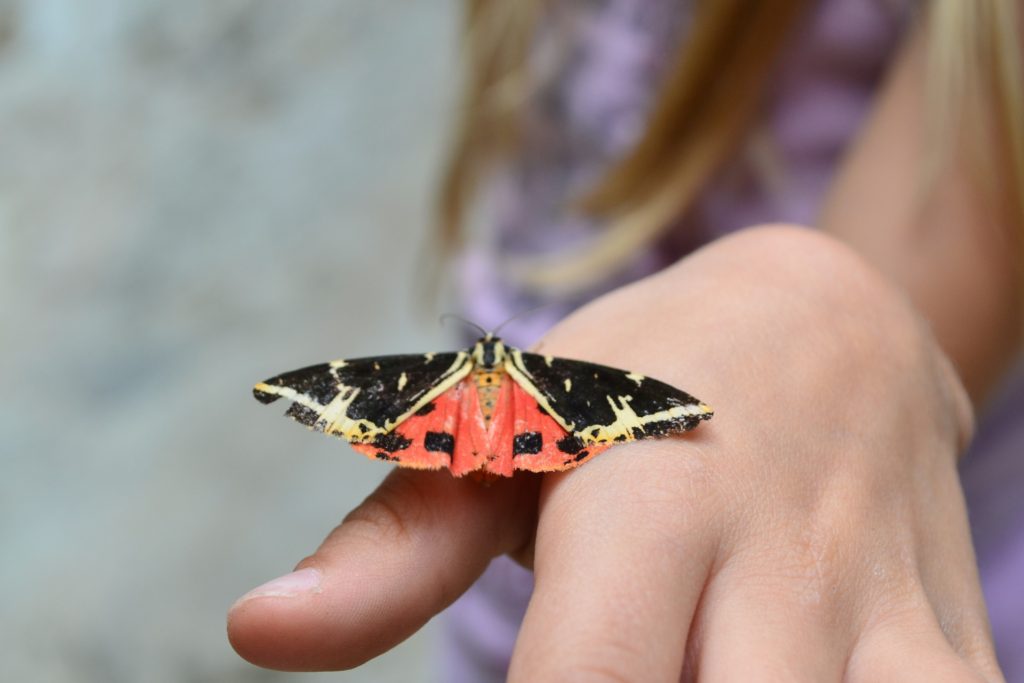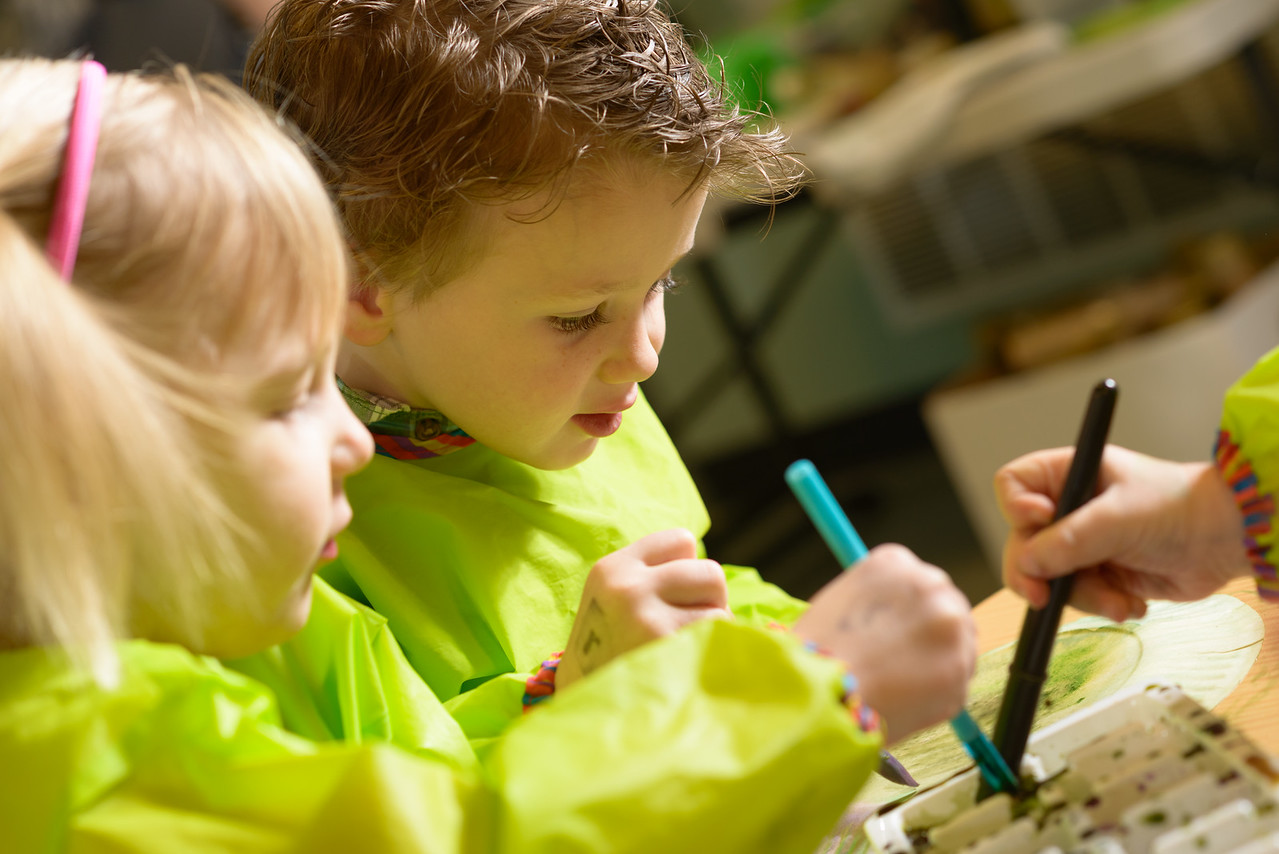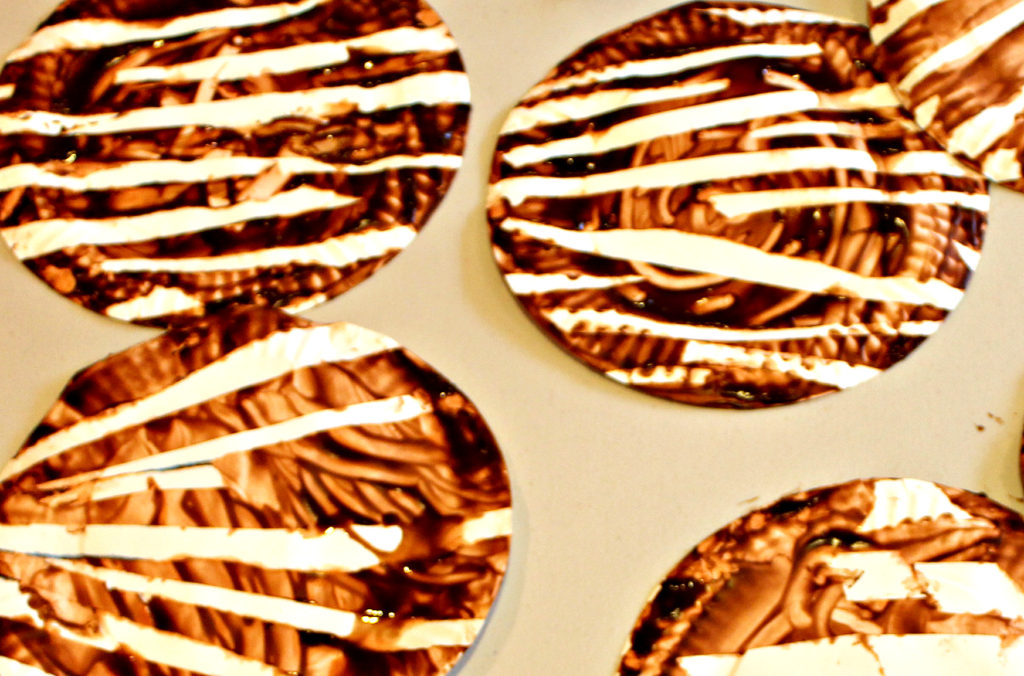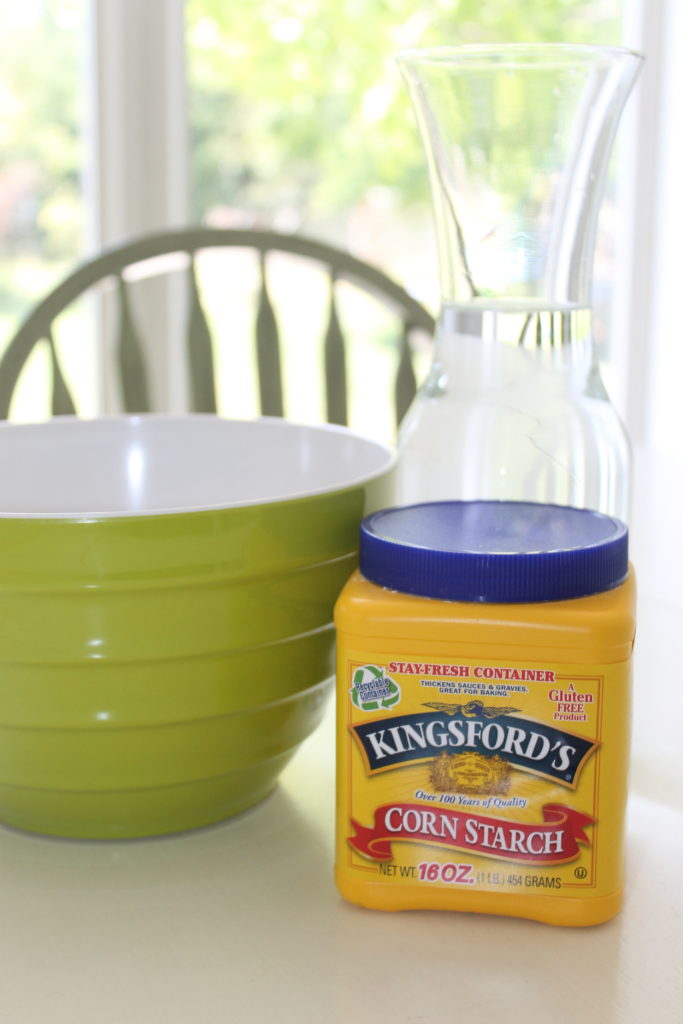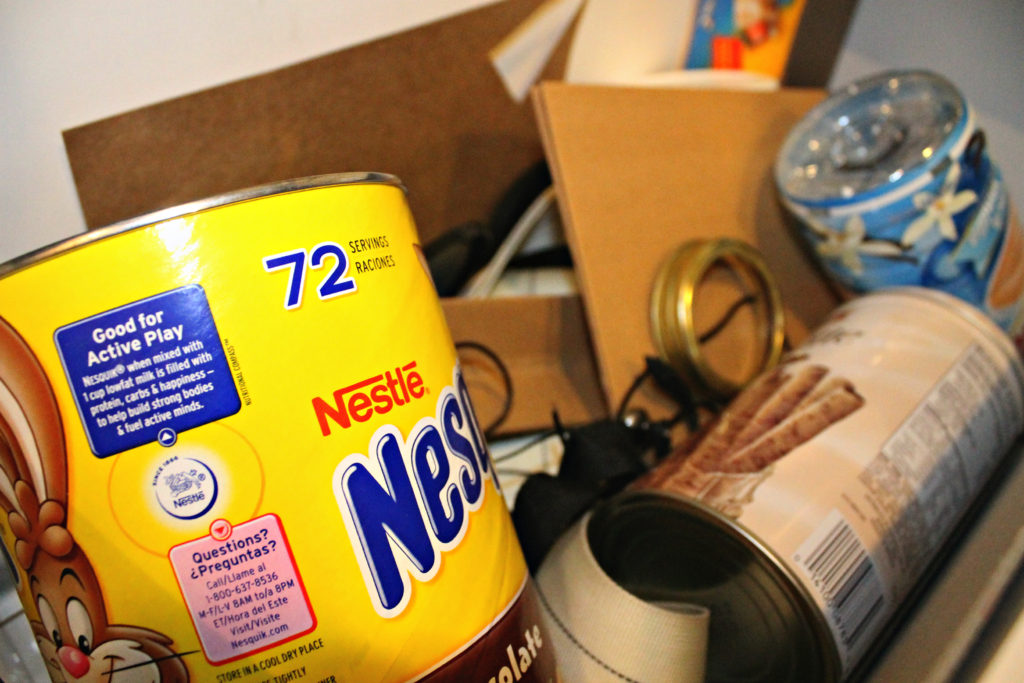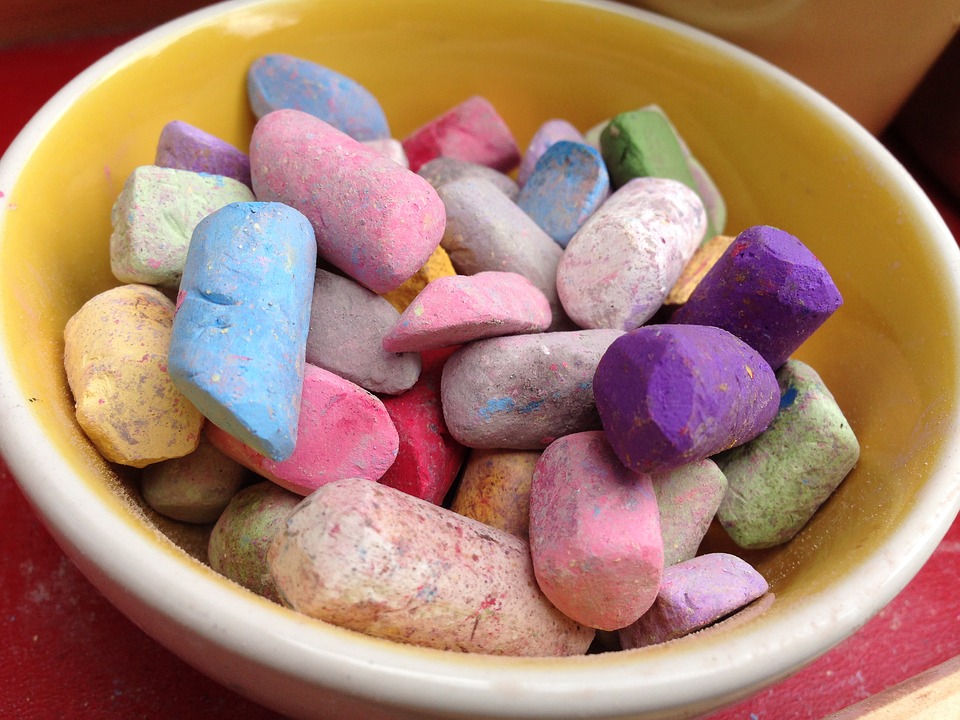March 2 is Theodor Seuss Geisel’s (Dr. Seuss) birthday. When we sat down to list all the many important lessons Dr. Seuss taught us through his books, we couldn’t stop! Through a creative writing style that nobody seems able to duplicate, Dr. Seuss’s books teach sophisticated life lessons in a way that just sticks — without us always even realizing it!
If you sat down with even just a handful of Dr. Seuss’s 60 books and looked for lessons, you’d end up with a list a mile long. (You could even read that mile-long list in a box with a fox if you like.)
We’re not sure a complete list could ever be compiled, but here are four of our favorite Dr. Seuss life lessons at UDA Creative Arts Preschool.
Dr. Seuss Life Lessons — Reading Is Important
Over and over, readers get the message from Dr. Seuss that reading is important. Often, he stated that message outright:
The more that you read, the more things that you’ll know. The more that you learn, the more places you’ll go.”
I can read in red. I can read in blue.
I can read in pickle color too.”
But even when reading wasn’t the dedicated subject of Dr. Seuss’s books, nobody can deny how enjoyable it is to read the fun cadence of Dr. Seuss’s imaginative rhymes. His rhymes are so fun, in fact, that we use them to teach rhyme to our 2-, 3-, and 4-year-olds at preschool. Children easily pick up on predicting the next rhyming sound when they are read to from Dr. Seuss books.
And did you know?: In 1954, a Life magazine article criticized children’s reading levels, so Houghton Mifflin and Random House asked Dr. Seuss to write a children’s primer using 220 vocabulary words. The Cat in the Hat was the result, proving that children’s literature can be fun while introducing new words.
Dr. Seuss Life Lessons: Compassion
Dr. Seuss teaches his readers that we have a responsibility to care for other people (and creatures and plants). He teaches us to look outside our own problems; to look beyond our own noses and actually see other people. This is something we care deeply about at UDA Creative Arts Preschool. We believe children can understand the concept that their actions affect others, and we emphasize important character traits like honesty, compassion, respect, and more every day.
In fact, our character trait we focus on during the month of March (the month of Dr. Seuss’s birthday) is compassion.
The children already have so much compassion for each other, and Dr. Seuss helps us to reinforce those important concepts. Hear his pleading to please, please consider the plights of others.
When you think things are bad,
when you feel sour and blue,
when you start to get mad… you should do what I do!
Just tell yourself, Duckie, you’re really quite lucky!
Some people are much more… oh, ever so much more…
oh, muchly much-much more unlucky than you!”
|
– Did I Ever Tell You How Lucky You Are?
|
Even plants deserve to be thought of:
– The Lorax
|
It’s such a simple concept — trees cannot speak. So we must speak for them.
– The Lorax
|
Not only can we care about other people, we can also do something to help them. That’s a powerful message for every child (and adult) to internalize.
Dr. Seuss Life Lessons — You’re Good Enough, and It’s Okay to Be Different
Dr. Seuss gave us the message that we have the power to transform our lives. We have responsibility over our own decisions, and we can change the outcome at any time.
You have brains in your head.
You have feet in your shoes.
You can steer yourself in any direction you choose.
You’re on your own. And you know what you know.
You are the guy who’ll decide where to go.”
So be sure when you step, step with care and great tact.
And remember that life’s a great balancing act.
And will you succeed?
Yes! You will, indeed!
(98 and 3/4 percent guaranteed)
Kid, you’ll move mountains.”
It doesn’t matter what limitations you have. You are important and can do what you were made to do.
Don’t give up. I believe in you all.
A person’s a person no matter how small.”
Today you are You, that is truer than true.
There is no one alive who is Youer than You.”
Dr. Seuss Life Lessons – Live Life with Imagination
Dr. Seuss created illustrations, stories, and characters that were so different from anything that had ever been done before. He showed us that we aren’t limited by what is real. We can create our own worlds. He used words in new ways, and didn’t limit himself to established rules.
He showed us that creativity and imagination are valuable traits to develop.
Think left and think right and think low and think high.
Oh the thinks you can think up if only you try!”
Oh, the Things You Can Think
We subscribe heavily to this belief that creativity drives our learning. That’s why we incorporate art, music, creative movement, dance, science, math, and so much more into every single day of learning at UDA Creative Arts Preschool in Draper. Each day we are amazed by how the children cement important life and academic concepts through the creative arts. Give us a call at (801) 523-5930, or send us a message to arrange a tour to see how we enrich the lives of preschoolers every day!
I like nonsense, it wakes up the brain cells. Fantasy is a necessary ingredient in living, it’s a way of looking at life through the wrong end of a telescope.”
Theodor Seuss Geisel, Dr. Seuss

